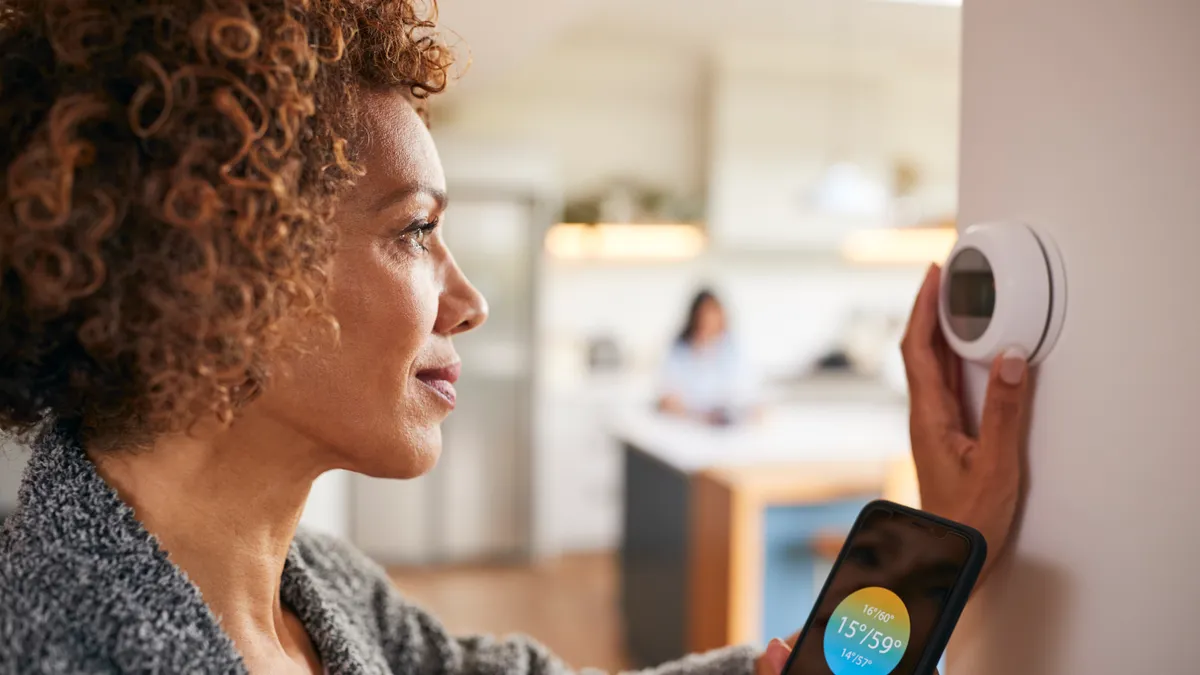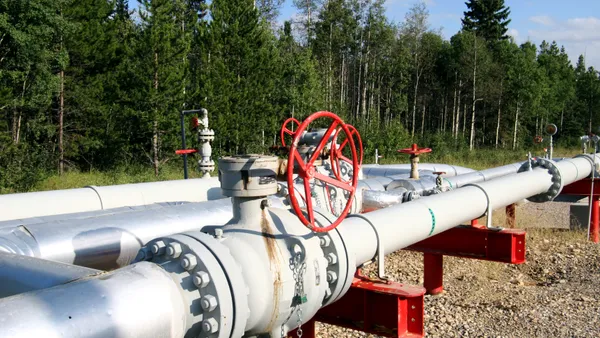Kate Finley is the founder of Belle Communication.
Energy service providers often struggle to tell their stories, connect with customers and overcome steep learning curves. Brands have a unique opportunity to address these issues by leveraging social media influencers as educators and credibility bridges. Yet, few energy companies are taking advantage of the powerful tactic that is influencer marketing.
Energy customers — business and consumer — spend a significant amount of time on social media, seeking education and inspiration to inform their buying decisions. In fact, 84% of C-level and VP-level buyers use social media for B2B purchase decisions. They seek advice, reviews and tutorials on everything from home and business ownership to finances and green living.
And their most trusted resource? Influencers. 92% of consumers trust their favorite content creators more than traditional advertisements, with Gen Z being the most likely to act on influencer recommendations.
Proven success with micro-Influencers
A handful of utilities and B2B energy brands have already seen success by partnering with micro-influencers — illustrating how the tactic can work for others.
Pacific Gas & Electric partnered with a California-based creator to promote its Power Saver Rewards program. This family-oriented micro-influencer highlighted the simplicity of earning rewards by temporarily reducing energy use during peak demand. Her single post garnered a 23.5% engagement rate and comments like, “Definitely have to check it out! Sounds like a great program.”
PSEG Long Island teamed up with a New York-based lifestyle influencer to promote its mobile app. The video content addressed everything from electric pool heat pumps to balanced billing and available rebate programs, all while touting the app’s simplicity. With a 15.74% engagement rate and nearly 8,000 impressions, PSEG Long Island successfully caught the attention of its target audience.
This content worked because it felt authentic and didn’t appear like a produced commercial. When an influencer talks about their personal experiences, it resonates more with audiences than a post from a brand or service provider. This relatability can demystify and encourage followers to act.
Storytelling that is unavoidable, relatable and fun
To overcome existing frictions, energy companies must reach customers where they already are and seamlessly insert education and brand stories.
Smaller, regionalized influencers are the best-fit partners to do this.
Micro-influencers (10-50K followers) have deeply engaged audiences that tend to be location or interest-specific. They are adept at creating content that captivates their followers and drives desired behaviors. They use personal storytelling to make their messages relatable and have a strong pulse on what catches attention.
This content is more memorable and persuasive than one-off mailers or email campaigns because followers view these creators as peers and trust their recommendations. Their content serves as a word-of-mouth endorsement.
A chef influencer can share stories about switching to electric appliances and related rebate programs. A business owner can talk about their experience with participating in a demand response program or what they learned from an energy audit. A lifestyle creator can highlight what happened to their utility bill after they bought an electric vehicle or installed solar panels. A family influencer can share their experience with smart home technologies or a time-of-use rate plan. And any/all influencers can talk about their outage experiences.
Build brand affinity
It's time for energy companies to engage customers through the channels and personalities they know and trust. Micro-influencer campaigns represent an opportunity to quickly make up for lost ground. By inserting messaging into already popular digital content channels, energy service providers can reach target demographics in an authentic, engaging and effective way.
Harnessing the power of storytelling on platforms where customers already spend a significant amount of time will not only drive awareness and adoption of programs, services and products but also build lasting relationships with a new generation of energy consumers.













